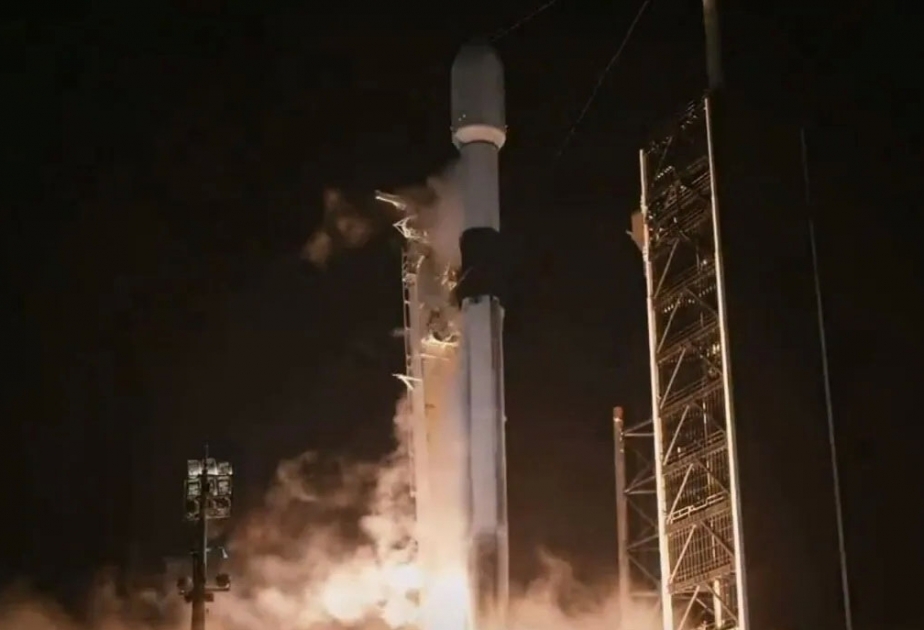A potentially history-making private moon mission is underway, according to Space.com.
Odysseus, a robotic lunar lander built by the Houston-based company Intuitive Machines, lifted off atop a SpaceX Falcon 9 rocket from NASA's Kennedy Space Center (KSC) in Florida early this morning (Feb. 15)
If all goes according to plan, Odysseus will touch down near the moon's south pole on Feb. 22, becoming the first-ever private spacecraft to ace a lunar landing. Success would also be a big deal for the United States, which hasn't been to the lunar surface since NASA's Apollo 17 mission more than half a century ago.
"It is a profoundly humbling moment for all of us at Intuitive Machines," Trent Martin, the company's vice president of space systems, said during a prelaunch press conference on Tuesday (Feb. 13).
"The opportunity to return the United States to the moon for the first time since 1972 demands a hunger to explore, and that's at the heart of everyone at Intuitive Machines," he added.
The Falcon 9 lifted off from KSC's Pad 39A today at 1:05 a.m. EST (0605 GMT). About 7.5 minutes later, the rocket's first stage came back to Earth for a vertical touchdown at Cape Canaveral Space Force Station, which is next door to the NASA site.
It was the 18th launch and landing for this particular booster, according to a SpaceX mission description. That's just one short of the company's reuse record, which it set this past December.
The Falcon 9's upper stage, meanwhile, kept powering its way into the sky, eventually deploying Odysseus into a lunar transfer orbit roughly 48.5 minutes after launch as planned.
The 1,490-pound (675-kilogram) lander — which is about the size of a British telephone booth (or the TARDIS craft in "Dr. Who," if you're a sci-fi fan) — made its first contact with mission control a few minutes later.
Odysseus will soon start making its way toward lunar orbit, a journey that will take six days. Odysseus will then gear up for its historic landing attempt, which will take place at Malapert A, a small crater about 190 miles (300 kilometers) from the moon's south pole.
NASA will watch the touchdown try with especially keen interest, for the space agency has a lot riding on Odysseus and its current mission, known as IM-1.















.jpg)
